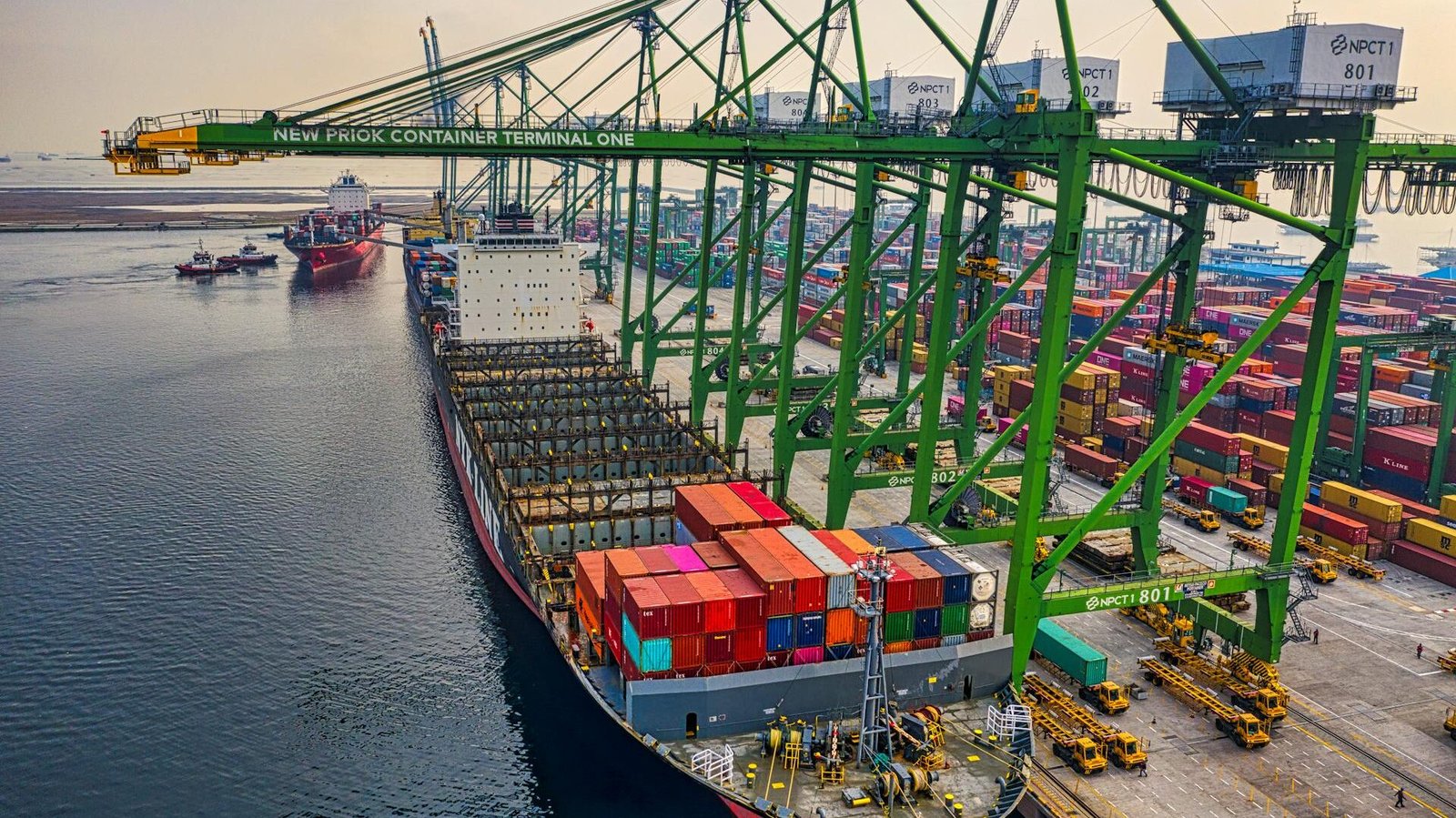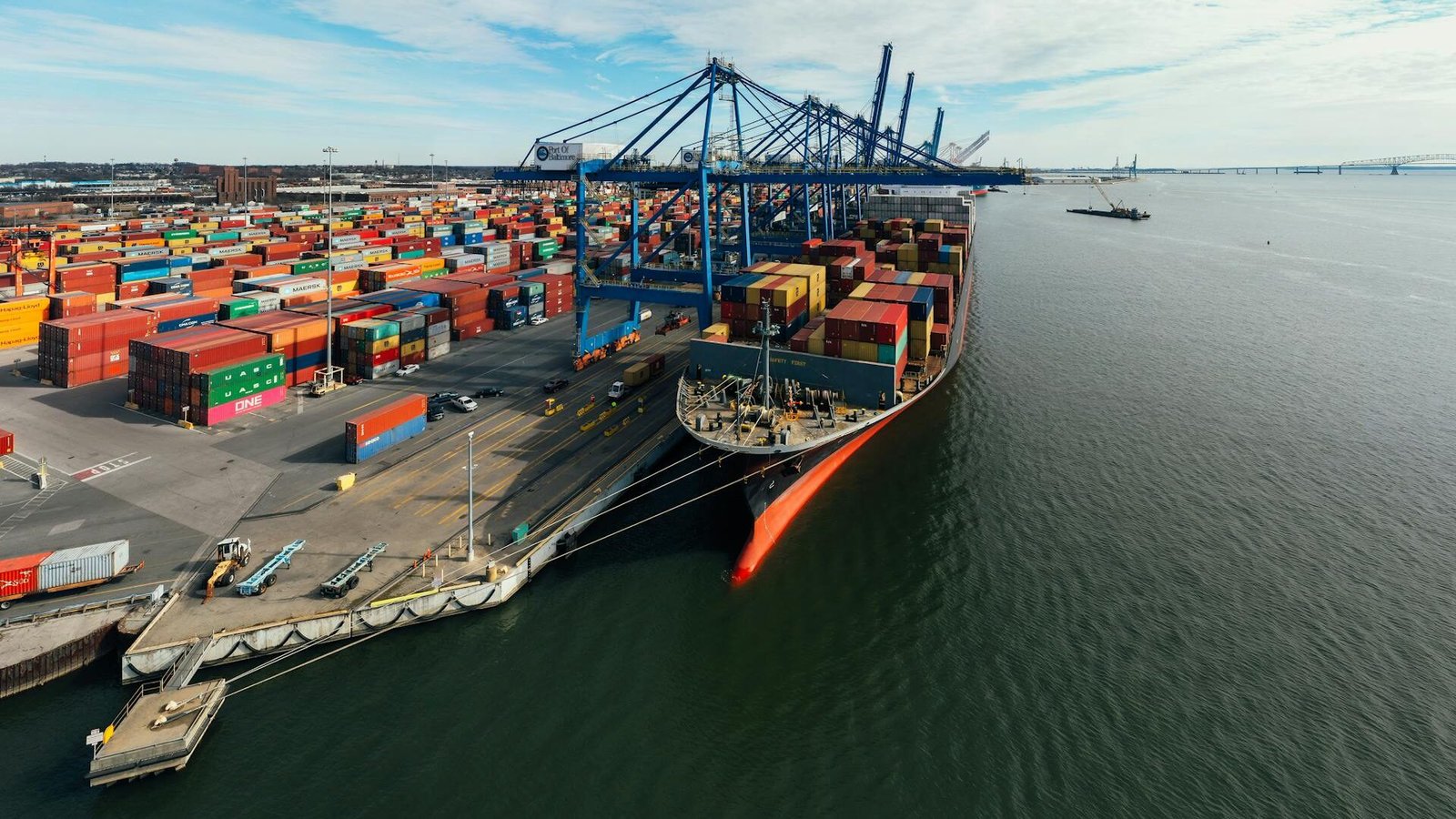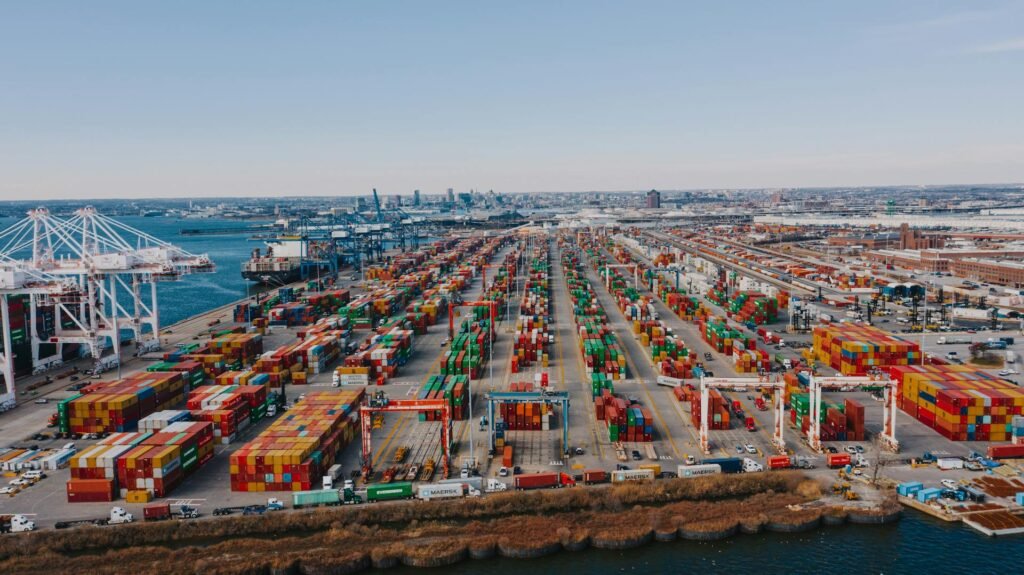
1. Introduction through recent industry events
In recent times, the expansion of the Panama Canal has brought about a multitude of new opportunities for ocean freight shipping. This significant infrastructure upgrade has widened the canal, allowing larger vessels to pass through. As a result, shipping companies can now transport more goods in a single voyage, reducing the number of trips required and potentially lowering costs. It has also opened up new trade routes and connections between different regions of the world, stimulating economic growth and enhancing global trade.
2. Pain – point cases
Let’s take a look at a real – life example. A medium – sized trading firm based in the United States was shipping a large consignment of high – value consumer electronics to Asia. Due to a seemingly minor documentation error, specifically an incorrect Harmonized System (HS) code on the shipping manifest, their goods were held up at the port for an entire week. This delay was not just a matter of time. The company had to pay hefty storage fees at the port. Moreover, they missed their delivery deadlines, which led to disappointed customers and potential loss of future business. The incident also damaged the company’s reputation in the market, highlighting the critical importance of accurate documentation in ocean freight shipping.

3. Analysis of Ocean freight shipping rates
3.1 Composition of rates
Ocean freight shipping rates are composed of several key components. The base rate is the fundamental charge for transporting goods from the origin port to the destination port. It is determined by factors such as the distance between the two ports, the type of vessel used (container ships, bulk carriers, etc.), and the current market demand for shipping services.
In addition to the base rate, there are various surcharges. The bunker surcharge is directly related to the fluctuating cost of fuel. According to the International Maritime Organization (IMO), fuel costs can account for 30% – 50% of the total shipping expenses. Another common surcharge is the currency adjustment factor (CAF), which takes into consideration the exchange rate fluctuations between the shipping company’s operating currency and the currency used in the transaction.
3.2 Factors influencing rates
Multiple factors can influence ocean freight shipping rates. Market demand plays a significant role. During peak seasons, such as the pre – holiday period in Western countries, the demand for shipping services surges as retailers stock up on inventory. This increased demand often leads to higher shipping rates. Geopolitical events can also have a major impact. For example, trade disputes between major economies can disrupt supply chains, causing shipping rates to spike. Additionally, the nature of the cargo matters. Hazardous materials, perishable goods, and oversized cargo usually incur higher rates due to the additional safety measures and handling requirements.
3.3 Rate adjustment mechanism
Shipping companies typically adjust their rates based on market conditions. They conduct regular reviews, usually on a monthly or quarterly basis, to assess changes in fuel prices, supply – and – demand dynamics, and other relevant factors. Some companies enter into long – term contracts with customers, which may offer fixed rates for a specific period. This provides stability for both the shipping company and the customer. However, these contracts often include clauses that allow for rate adjustments in case of significant market changes, such as a sudden and substantial increase in fuel prices.
4. Analysis of Ocean freight shipping routes
4.1 Introduction to major routes
There are several major ocean freight shipping routes around the world. The Asia – Europe route is one of the busiest. It connects the manufacturing powerhouses of Asia, including China, Japan, and South Korea, with the large consumer markets in Europe. The trans – Pacific route is also crucial for global trade, linking Asia to North America. It facilitates the transportation of a wide range of products, from electronics and clothing to automotive parts. The trans – Atlantic route, on the other hand, serves as a vital link between North America and Europe, enabling the exchange of goods and resources between these two economically important regions.
4.2 Considerations for route selection
When choosing a shipping route, shippers need to take multiple factors into account. Transit time is a key consideration. A shorter transit time means that goods can reach the market faster, reducing inventory holding costs and enabling companies to respond more quickly to customer demand. However, shorter routes are not always the most cost – effective. Shippers also need to consider the reliability of the route. Some routes are more prone to natural disasters, such as typhoons in the Pacific or hurricanes in the Atlantic, which can cause significant delays. Additionally, the availability of shipping services and the frequency of sailings on a particular route are important factors.
4.3 Development and application of new routes
With the continuous evolution of global trade, new shipping routes are being explored and developed. The Northern Sea Route, which passes through the Arctic Ocean, has gained increasing attention in recent years. Due to the melting of sea ice, this route has become more accessible. It can significantly reduce the transit time between Asia and Europe, saving both time and cost for shipping companies. Shipping companies are also looking into the possibility of combining inland waterways with ocean shipping to create more efficient multimodal transportation solutions.
5. Analysis of Ocean freight shipping documentation
5.1 List of essential documents
A variety of documents are essential for ocean freight shipping. The bill of lading is perhaps the most important one. It serves as a receipt for the goods, a contract of carriage between the shipper and the carrier, and a document of title to the goods. The commercial invoice provides detailed information about the goods, including their description, quantity, and value. The packing list details the contents of each package, which helps in the inspection and handling of the cargo. Other important documents include the certificate of origin, which indicates the country where the goods were produced, and the insurance certificate, which provides coverage for the goods during transit.
5.2 Requirements for document filling
Accuracy is of utmost importance when filling out shipping documents. All information must be clear, consistent, and match the actual details of the cargo. For example, the description of the goods on the bill of lading should be exactly the same as on the commercial invoice. Any discrepancies can lead to delays in customs clearance, potential fines, and legal issues. Shippers also need to ensure that they provide all the necessary supporting documents, such as certificates and permits, as required by the destination country.
5.3 Document review process
Before the cargo is shipped, the shipping company or freight forwarder will conduct a thorough review of all the documents to ensure their accuracy and completeness. They will check for any missing information, incorrect data, or non – compliance with regulations. If any issues are found, they will work closely with the shipper to correct them. Once the documents are approved, they are submitted to the relevant authorities, such as customs, for further processing.

6. Common misconceptions
6.1 Misconception 1: Poor understanding of rate terms
Many shippers have a limited understanding of the complex rate terms in ocean freight shipping. They often focus only on the base rate and overlook the various surcharges. For example, some shippers may not be aware of the bunker adjustment factor. When fuel prices rise, they end up paying much more than they initially expected, which can have a significant impact on their budget.
6.2 Misconception 2: Ignoring risks when selecting routes
Some shippers choose routes solely based on cost, without considering the potential risks. They may not take into account the likelihood of natural disasters, political unrest in certain regions, or piracy threats. This can lead to unexpected delays, additional costs, and even the loss of cargo. For instance, a ship passing through a piracy – prone area may face the risk of being hijacked, which can result in huge financial losses.
6.3 Misconception 3: Overlooking the importance of documentation
Documentation is often regarded as a mundane administrative task, but its importance cannot be overstated. As shown in the earlier case, a simple documentation error can have far – reaching consequences. It can cause delays in customs clearance, fines, and damage to business relationships. Shippers need to recognize that accurate and complete documentation is the foundation of a smooth and successful ocean freight shipping process.
7. Extended thinking
7.1 How to use new technologies to optimize the management of Ocean freight shipping rates, routes, and documentation?
The emergence of new technologies such as blockchain, artificial intelligence (AI), and the Internet of Things (IoT) offers exciting opportunities for optimizing ocean freight shipping. Blockchain can enhance the security and transparency of documentation management. By using blockchain, all parties involved in the shipping process can have access to the same, immutable records, reducing the risk of fraud and errors. AI can be used to analyze market data and predict rate fluctuations. This can help shippers make more informed decisions when it comes to choosing shipping rates and routes. IoT devices can provide real – time tracking of cargo, enabling shippers to monitor the location and condition of their goods throughout the journey and improve the efficiency of route planning.
7.2 What changes will there be in the future Ocean freight shipping guide?
As the global trade environment continues to evolve, the future ocean freight shipping guide is likely to incorporate more information on emerging trends. Sustainable shipping practices are becoming increasingly important, and the guide may include details on how to reduce the environmental impact of shipping, such as using alternative fuels and more energy – efficient vessels. Digitalization will also play a major role, and the guide may provide guidance on how to leverage new technologies for better management of rates, routes, and documentation. Additionally, with the continuous changes in regulatory requirements, the guide will need to keep up – to – date with the latest rules and regulations in different countries.
In conclusion, ocean freight shipping is a complex but essential part of global trade. By understanding the rates, routes, and documentation requirements, businesses can make more informed decisions, avoid common pitfalls, and ensure the smooth and cost – effective transportation of their goods.





